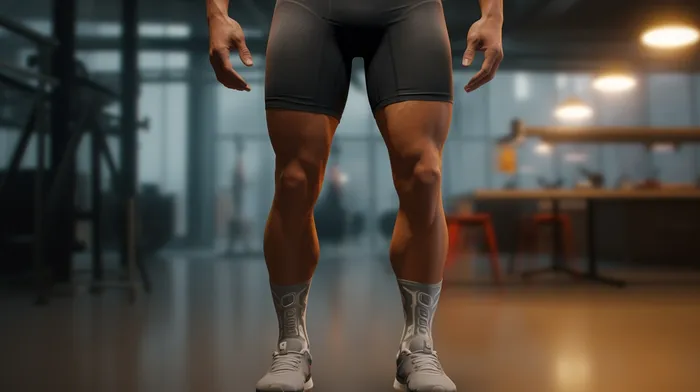If you’re someone who has always been slightly envious of the stick-thin models you see in magazines, on TV, and online, sporting that seemingly unattainable “thigh gap,” take heart. Society seems to be gradually shifting its focus to a healthier, more attainable body image standard. However, that’s not to say that we shouldn’t still be aware of the weight we carry on our thighs and the potential health implications it could have.
The science behind thigh fat and mobility
Researchers at Wake Forest Baptist Medical Center have discovered a noteworthy correlation between weight distribution in your thighs and the potential loss of mobility as you age. In a nutshell, the more fat you have on your thighs, the slower you might walk and the more difficult it might be to get around when you’re older. According to their findings, fatty tissue in our thighs is a predictive indicator of mobility loss in otherwise healthy older adults.
As we age, it’s natural for our walking speed to decrease, but there’s a more significant aspect to it, as Kristen Beavers, the study lead researcher, points out. A substantially slower walking speed in older adults can predict a higher probability of becoming disabled, requiring nursing home care, and even facing an earlier death.
The importance of maintaining walking speed
The ability to maintain a healthy walking speed as we age is crucial for our overall well-being and quality of life. Be aware that walking speed is considered a modifiable predictor of independent living for older adults. Unfortunately, the precise factors contributing to the decline in walking speed are not well-understood. However, Kristen Beavers points out that changes in thigh fat may play a crucial role in the process.
As we grow older, it’s common for us to gain fat in and around our muscles. Beavers and her team speculated that gaining fat specifically in the leg muscles would be linked to a slowed walking speed and potentially lead to a decline in mobility.
What you can do to prevent mobility decline
Now that we understand the potential impact of thigh fat on our mobility, what steps can we take to protect our ability to walk and move comfortably as we grow older? The answer is simple: regular walking and leg exercises. By introducing daily walks and targeted leg exercises into your routine now, you can work to slow down the inevitable decline and ensure a more active, enjoyable life in your twilight years.
Making a long-term commitment to mobility
Taking care of your body and maintaining your independence in your later years is a lifelong endeavor. Start today and make a long-lasting commitment to walking every day and exercising your legs. Regular exercise not only helps to slow the deterioration of your mobility but can also prevent the accumulation of excess fat on your thighs, allowing you to maintain a healthy weight and strong muscles.
In closing, while we may no longer need to strive for (or envy) the models displaying the once-coveted “thigh gap,” it’s essential to focus on our own health and well-being by staying active, eating right, and maintaining a healthy weight to ensure that we can continue to enjoy life to the fullest. And always remember, self-confidence is the key to embracing your body, regardless of the weight on your thighs!



